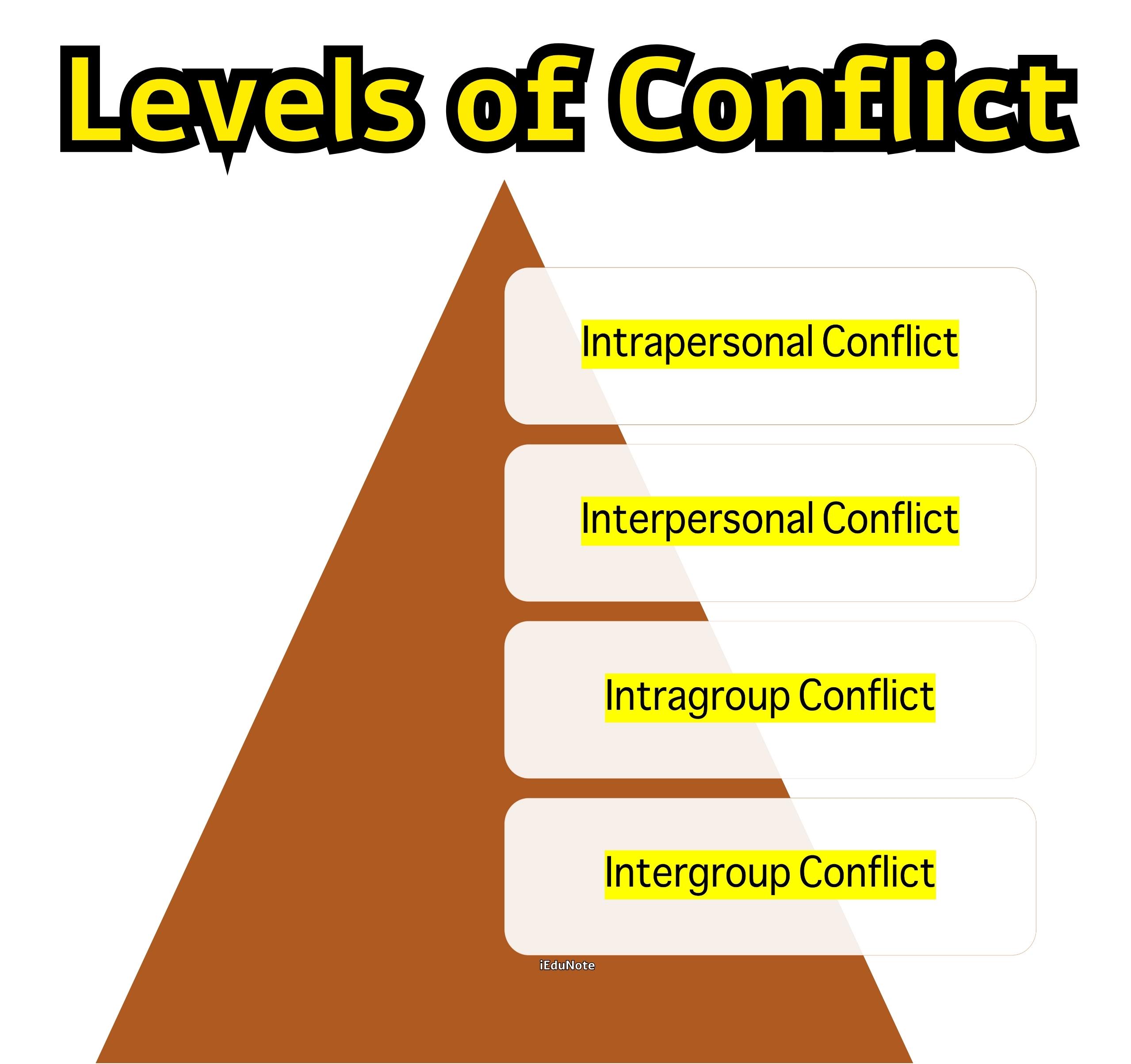Tricks refer to the various tactics that can be used against a person in negotiations. Skilled negotiators can also employ some of them. Habitual bargainers use them to their advantage. We must protect ourselves from these tricks, or we will certainly lose out on the deals.
Some of the general strategies are to take the initiative, maintain the initiative throughout, limit the freedom of action, and push or entice the other party.
There are 20 basic tactics to defend oneself. These include four control tactics to limit our freedom of action, seven pressure tactics to push us into making concessions, and nine trap tactics to tempt or entice us into making concessions.
20 Tricks Used in the Negotiation Process
The Four Control Tactics
These tactics can be used against you to enclose you in the middle of the accompanying box. You will get boxed in unless you negotiate your way out of it.
- Agenda Control
- Limits
- Precedent
- Time
Agenda Control
This is a universal tactic. “You” is trapped in a box and normally takes two forms: control of agenda items and control of procedures. Pay close attention to the opponent’s proposed agenda and probe into the following areas:
- Does it include items that you consider non-negotiable?
- Does it exclude items that you want to include for negotiation?
- Identify the procedures that will operate to your disadvantage.
- Pay special attention to those who will participate and the proposed third-party roles.
- Negotiate procedures to ensure security.
- Pay special attention to proposals regarding the scheduling of meetings.
If the other party can control both the content and the process of negotiation, then you are at a tactical disadvantage.
Limits
This is frequently used as a tactic to reduce the area open for negotiation. But you would notice that those limits are also cited by the other party when they want to use it to their advantage and your disadvantage. Some typical limits are:
- Limits of authority: Approval of plans by the Chairman/GM/CEO.
- Policy limits: Being against the company policies and rules.
- Financial limits: Requirement of additional finances.
- Technological limits: Installation of new technology.
- Legal limits: Barriers from the law in carrying out the process.
Limits, however, can change. It is not static, and anything that can change in dispute, disagreement, or settlement is subject to negotiation.
Precedent
Negotiators frequently employ an appeal to precedent to place the current negotiation within the pattern of other negotiations when it is to their advantage. This tactic takes either of the following two forms:
Citing the precedent of previous negotiations with the same party as, “We have always negotiated a three-year lease with you in the past. Why should you demand a five-year lease now?”
Citing the precedent of agreements reached in negotiations by other parties as, “The rest of the industry has settled for a 20% increase; your offer of 12% is very low.
Time
Each party may try to reduce the time available for negotiations to its advantage. Your opponent may:
- Try to reduce the time for negotiations.
- Try to extend the time available.
The Seven Pressure Tactics
There are seven powerful tactics to pressure you into making concessions to your disadvantage.
- Large Demands
- Threats
- Deadlock
- Surprise
- Bypass
- Divide and Conquer
- Coalition
Large Demands
Most negotiations begin with both parties making large demands, which neither expects to realize. As time progresses, they modify their initial demands through concessions.
Finally, they reach agreements somewhere between the extremes of their initial differences. The initial large demands are meant to shake the opponent’s self-confidence. If these demands are reinforced by repetitions, their impact increases.
Threats
The other party may threaten you directly or indirectly, tactlessly or with finesse. The objective is to pressure the other party into making concessions.
The popular and frequent threats include threats of action such as strikes, stopping shipments, canceling franchises, etc., and personal threats like attacking or questioning the opponent’s integrity, veracity, etc. The goal is to discourage the opponents.
Deadlock
If one party wants to make a timely agreement, the threat of a deadlock can put serious pressure on that party. Instead of conceding to avoid a deadlock, a timely reminder of the common ground between the parties can show that this tactic is a two-edged sword, which can hurt the other party as well.
Surprise
In spite of careful planning, minor surprises, when confronted with, shake confidence. If allowed, such surprises can make the party concerned disorganized. One can tackle this by adopting information-seeking behavior.
Bypass
The other party may bypass you to contact your superiors in an attempt to undermine your position or isolate you from support. This can put you under extreme pressure, especially when support from the top authority is uncertain. It can be encountered through anticipation.
Divide and Conquer
If a party is negotiating as a team, then differences of opinion are inevitable. Though they may be small initially, these differences may widen with the passage of time. The best solution can be to emphasize full participation of all team members in pre-negotiation planning and careful role assignment during negotiations.
Coalition
When the parties combine and form a coalition, the pressure on the other party multiplies. The challenge is to convince members of the coalition that there is more common ground among the members of the coalition. It develops a stronger bond, and the group becomes a powerful force.
The Nine Trap Tactics
This is the category with the largest number of tactics where one puts pressure on oneself instead of the other party doing it. Many a time, our own impatience puts us into a trap. Here are nine lures that one should recognize and avoid.
- Simplicity
- Contrast
- Untrue
- Hidden Strings
- Slicing
- Off the Record
- Good guy-Bad guy
- Final Offer
- Last Minute Demand
Simplicity
Simple solutions to complex problems have a direct appeal to everyone. But behind this choice, there may be a desire to avoid effort and uncertainty due to which one prefers a simple solution. One should learn to resist simplicity unless it is really to one’s advantage.
Contrast
Suppose our opponent starts the proceedings by asking for an 80% increase. We reject it outright, and he reacts by offering “very generously” a demand half of the previous.
However, this 40% would still be about two times our affordable limits. It is not wise to make a decision on the basis of the contrast between the first and second positions, which seems very generous and tempts one to accept the offer. Exorbitant contrast may lure you.
Untrue
The opposition may present incorrect data either due to ignorance or deliberately to mislead us. In either case, we need to be alert so that we can easily distinguish between the two data and identify any misinformation.
Hidden Strings
At times, we may realize that to the agreed earlier proposal, some hidden expectations were bound to it. We can counter it by asking questions before agreeing so that ploys, if any, can be unearthed.
Slicing
We might have made a series of minor concessions only to eventually realize that we have actually made a major concession.
The key behavior to avoid this trap lies in summarizing so that we are in a better position to estimate how much ground we have yielded. It also signals to the other party that we are in control of the situation.
Off the Record
All negotiations are a matter of record. The other party may, however, call us over for dinner or otherwise informally contact us. The opponent may label this as an “off-the-record” meeting.
We can use this to avoid an impasse in informal negotiations, but in a more relaxed mood, we may find ourselves offering too many clues. Hence, this tactic must be used with a lot of prudence.
Good guy-Bad guy
This tactic has been widely used the world over. While one party puts us under immense pressure, the other is friendly.
So, we tend to give too much information about the bad guy to the good guy. This is a variation of the contrast effect. During negotiations, we can either ignore or confront it. This tactic has more impact on beginners than on veterans.
Final Offer
Once an agreement is made, we may still be uncertain if it really is their final offer. We need to test the credibility of the data presented so that we can finally decide for or against the offer and analyze in case it is a trap.
Last Minute Demand
Once an agreement has been reached and the formalities are over, the opponent may claim that he has forgotten some points regarding the agreement. It may be a trap too, as we may make a major concession which has been termed as “minor” by the other party because of our impatience to settle things.

